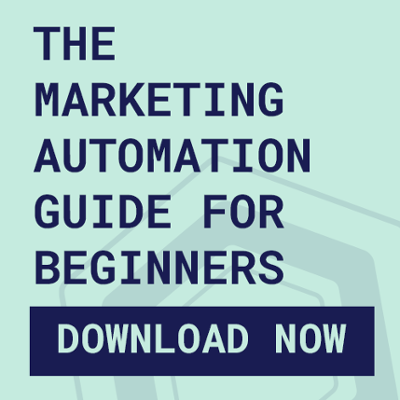[Video] 6 Benefits of Data Integration in Marketing
Data integration isn’t the simplest topic to get to grips with, particularly if you’re not someone who has studied or practised the art of data integration. So if you’re a marketer or business person it’s likely that to fully understand the topic, you will have to conduct thorough and extensive research on data integration and how it works with (and can impact) your industry.
That’s why we’ve created this simple video: to help you understand the concept of data integration and the benefits it can yield for marketers.
Discover the 6 benefits of data integration in marketing right here:
What does data integration mean?
Put simply, data integration is the process of consolidating data from multiple source systems to create a unified view of the information. With this unified view, businesses can efficiently manage and utilise their combined data. That means both customer data and internal data such as marketing campaign performance.
Who uses data integration?
There is no one-set purpose for data integration. It’s used by many different industries and by different departments, too. In today’s business scope, each department whether it’s marketing, sales, finance, or HR, will utilise a number of tools and applications in their day-to-day processes.
For companies to effectively perform business tasks, they must be able to access and handle large amounts of internal and external data - that means information on customers and prospects as well as from within the company.
Now you know what data integration is, here are 6 key benefits…
1. Eliminates data silos
A data silo is a collection of data that’s isolated and typically only accessible by one department. Data silos obstruct companies from gaining deep, actionable insights and create a barrier that limits a total view of the company.
2. Reduces errors
Data integration works to organise data; it identifies issues automatically, uncovers anomalies and removes duplicate information which, as a result, reduces the chance of human error.
3. Improves business intelligence
Business intelligence is a set of technology-driven processes that take the newly integrated data and transform it to produce actionable insights. These data-driven insights inform and influence an organisation’s tactical business decisions.
4. Saves time
Having all of the data you need in one centralised area means that you don’t have to spend time trying to access information from multiple, disparate sources. Data integration gives you a unified view of the data that’s needed to perform particular functions, make decisions and action processes.
5. Improves departmental collaboration
Teamwork is a vital part of any modern business. Data integration allows different departments to share data which facilitates transparency and opens the door to cross-departmental collaboration.
And finally, number 6. Data integration facilitates an omnichannel experience
Omnichannel describes the experience a customer has with your brand across your various platforms and outlets - this includes everything from your website, email campaigns and social media, to your in-app messages and push notifications.
Related reading: What is Data Integration in Marketing?
An omnichannel marketing approach means providing a completely seamless experience from the first touchpoint a customer has with you, until their last - throughout each and every channel. This isn’t achievable when data is fragmented and siloed. Once a business’s ecosystem is connected it is then possible to utilise consumer data and facilitate the omnichannel experiences that people now expect.
Data integration provides a centralised platform from which marketers can gain powerful, usable customer insights and evaluate internal performance in terms of campaigns, content, social media, digital ads, and more. This leads to more effective marketing and business outcomes.
The amount of data available to marketers today means that you have so much information to work with. Understanding this data is key. Once you utilise data integration, you will find it easier to personalise customer touchpoints, achieve a customer-centric marketing strategy and make the most out of your valuable data.
If you liked this video, then subscribe to our YouTube channel, and to learn even more about optimising your marketing, visit the resources page on our website.
Now we want to hear from you: are you going to implement what you've learned today in your marketing strategy? Or perhaps you've got some tips of your own that you would like to share with us. Let us know by leaving a comment below!
Book a free demo today to see how Hurree can help you transform your company reporting and improve your sales & marketing output 💌 Don't hesitate to get in touch via contact@hurree.co if you have any inquiries - we’re happy to chat!
Share this
You May Also Like
These Related Stories

Data Integration Strategy: What Marketers Need to Know
-1.png)
[Video] What is Data Integration? Simplified



